Software development teams are used to the “build vs buy” debate. Businesses regularly use a wide variety of applications and, while bespoke solutions offer unique advantages, not all of them need to be custom-built. Often, buying an off-the-shelf solution is a more efficient use of resources than diverting a team of developers to build one. However, when it comes to data pipelines, many organizations find that building custom data pipelines gives them greater control over their data and greater flexibility to evolve and innovate.
Building Data Pipelines for Greater Control and Flexibility
Should you build or buy or your data pipeline? The answer is rarely cut and dried. While you can always build from scratch, many data pipeline tools offer varying degrees of customization. Others are designed to work out-of-the-box, with no developer skills required. How do you determine whether and to what extent to customize? Let’s look at the key advantages of building data pipelines before discussing some challenges and considerations you need to be aware of.
The Benefits of Building Your Own Data Pipeline
First, here are a few reasons why you may want to build a customized data pipeline.
- Data Ownership: Data is your enterprise’s most valuable asset, which is why you may not want to entrust it to a third-party data pipeline. That’s especially true if you’re in a highly regulated industry like finance, defense, or healthcare and need to follow data privacy compliance laws. However, you don’t want even non-regulated data to fall into the wrong hands. Personally Identifiable Information and client information often have strategic importance to your company or could put customers at risk, so you want to be careful about sending it through a third-party data pipeline.
- When you buy a data pipeline, you’re giving possession of your data to a third party, transferring at least some of the responsibility (and thus ownership) to your provider. Building your own data pipeline and centralizing the collection, processing, and storage of your data with an in-house team ensures that you have complete ownership.
-
- Flexibility: Your data pipeline architecture won’t be static. As your data sources, customer requirements, and analytics needs evolve over time, your data pipeline needs to evolve as well. However, when you purchase a third-party data pipeline, you’re essentially locking yourself into their feature roadmap. Your vendor may not evolve their data pipeline functionality in a way that matches your evolving needs. You’ll then have to either work with inadequate tools or hop to a new vendor and build a whole new data pipeline.
- Building your own data pipeline gives you greater flexibility by avoiding vendor lock-in. When you build data pipelines yourself, you can adapt to the changing demands of your client base and incorporate the tools and technologies you need to optimize your data processing. You can update your data structures, define new events, set your own data quality rules, and model your pipeline according to your specific use cases.
-
- Security Control: Data security should be one of your top priorities. 2021 set a record for the most data breaches in one year and things show no sign of slowing down in 2022. The cost of these attacks – both in actual dollars and in reputational damage – is also rising. Every time you entrust your data to an outsider, including data pipeline providers, you’re also trusting them to secure and protect that data, at least to some extent. In what is known as the shared responsibility model, you and the vendor that’s hosting or processing that data share responsibility for its security.
- However, you often don’t know exactly how a vendor is protecting your data. Since you don’t have access to their infrastructure, you can’t implement your own security measures like you would in your data center. If you build your own data pipeline, you have complete control over the security of your data. That means you can use advanced security methodologies and controls, including zero trust security and the principle of least privilege, to ensure your data is protected at every stage of the data pipeline.
-
Building a data pipeline gives you full control over your data ownership and security, and facilitates easy adaptation to your clients’ requirements and your business goals.
The Challenges of Building Your Own Data Pipeline
However, it’s important to note that building a truly bespoke data pipeline isn’t going to be a worthwhile investment for every organization. There are some challenges involved in building data pipelines, including:
- Time. Custom data pipelines require a large investment of time and effort to build, maintain, and support. Small teams may simply not have the resources available to construct their own pipelines.
- Cost. Not only is building data pipelines from scratch expensive, it’s also difficult to calculate the full cost in advance. Development, support, and maintenance can all run over budget. When you purchase a tool, you know exactly how much money you’re committing to the pipeline and can plan ahead.
- Staying Current. Data pipelines are a long-term investment, but to remain functional they must constantly adapt to new technology. A once cutting-edge pipeline can quickly become outdated. Then you either have to rebuild or make do with old, suboptimal tools. Third-party pipelines constantly adapt so they can stay competitive, taking the work out of your hands.
If your data needs are relatively simple, or you don’t have a large enough development team to justify building a data pipeline from scratch, then an off-the-shelf solution may be the right choice.
Get More Help Building Your Data Pipeline
If you need custom data pipeline architecture but don’t have the resources or skills required to build it from scratch, you should consider working with the cloud data experts at Copado.
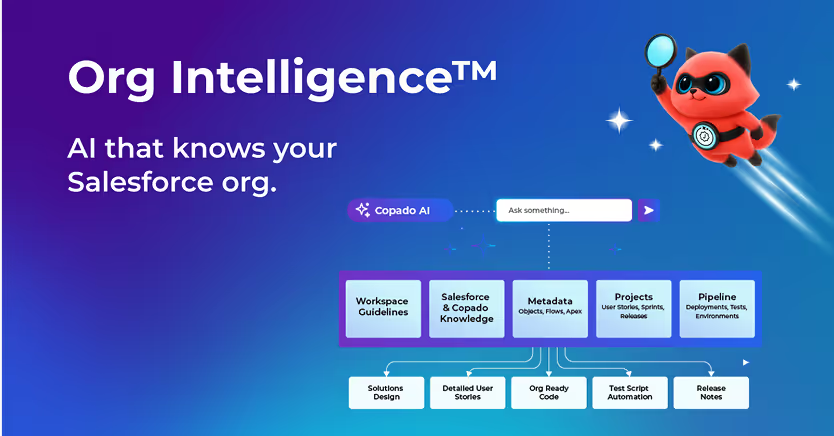











.svg)
.svg)

.png)

.svg)

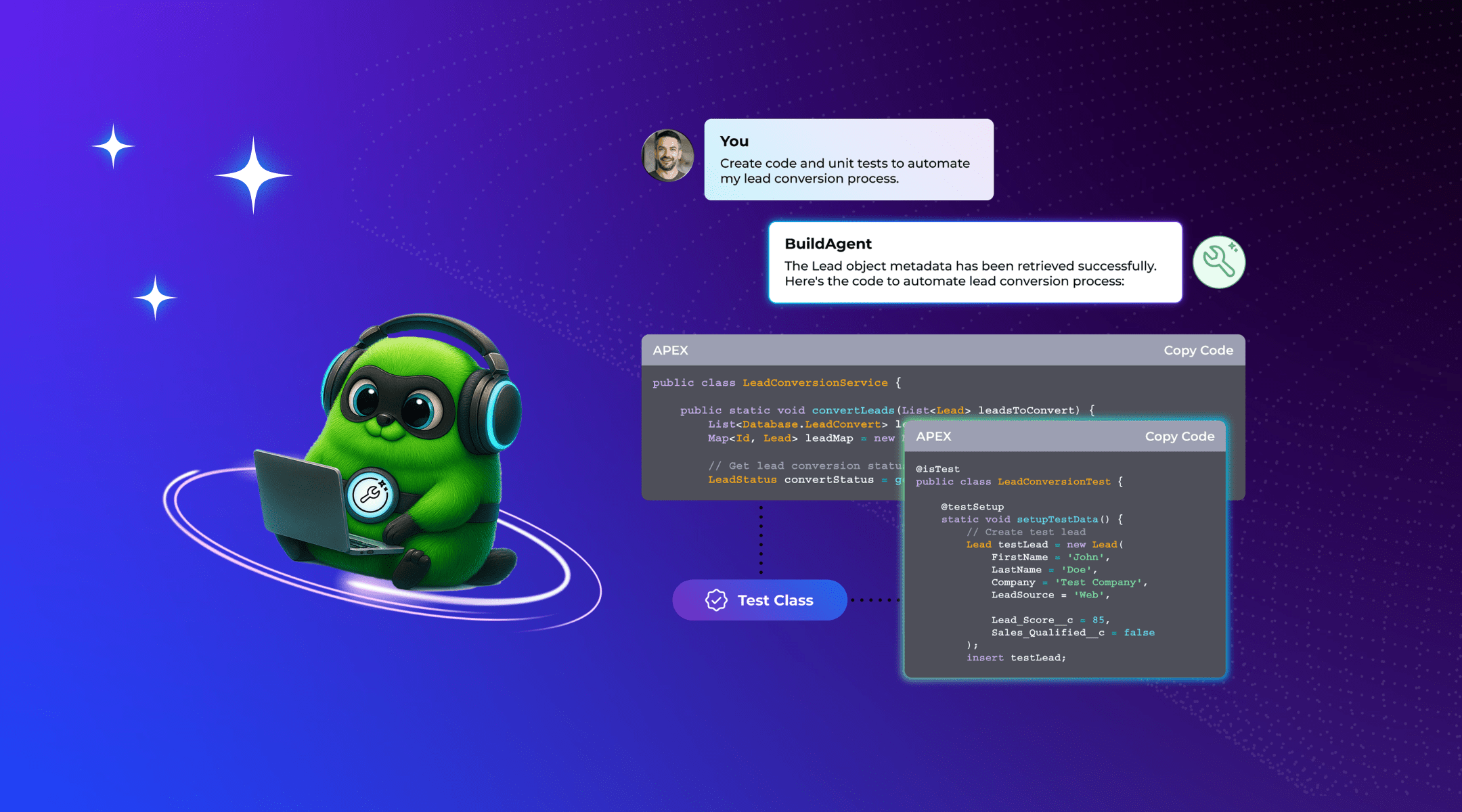


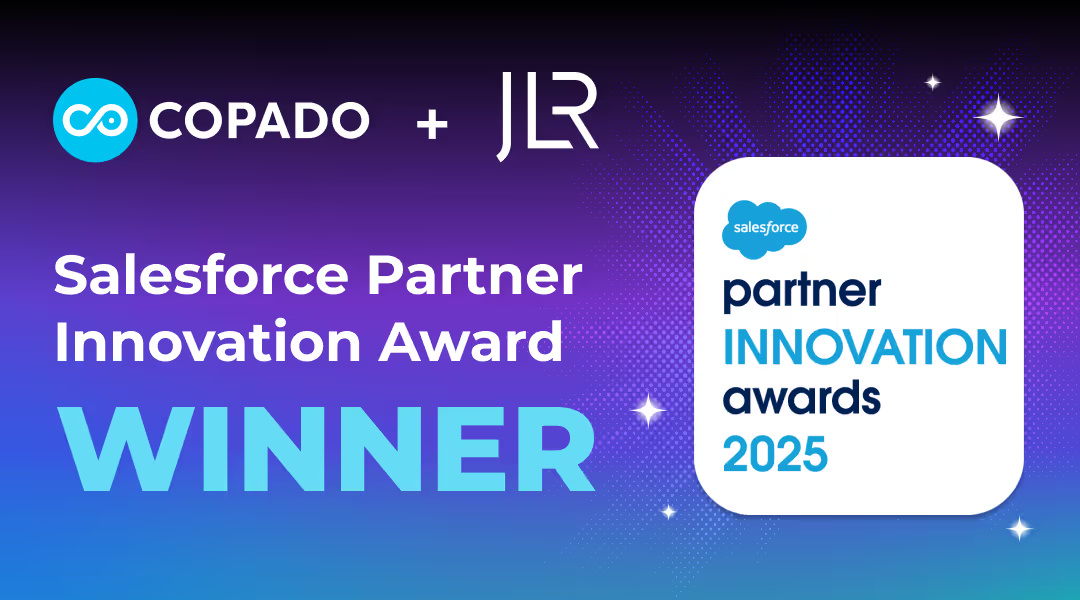



.avif)


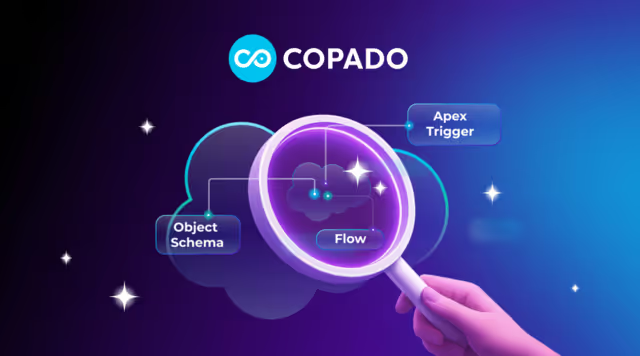
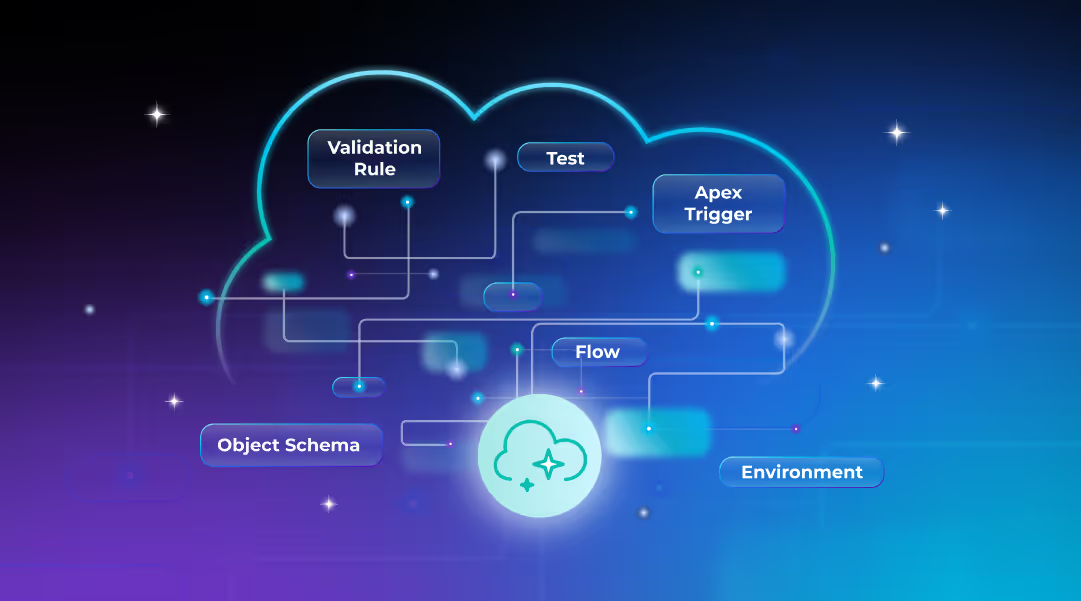









%20Data%20to%20Me_BLOG_1080x600.avif)






.avif)

































.avif)







.avif)



.avif)

























%20(1).png)
.png)
.png)

.avif)


.svg)
